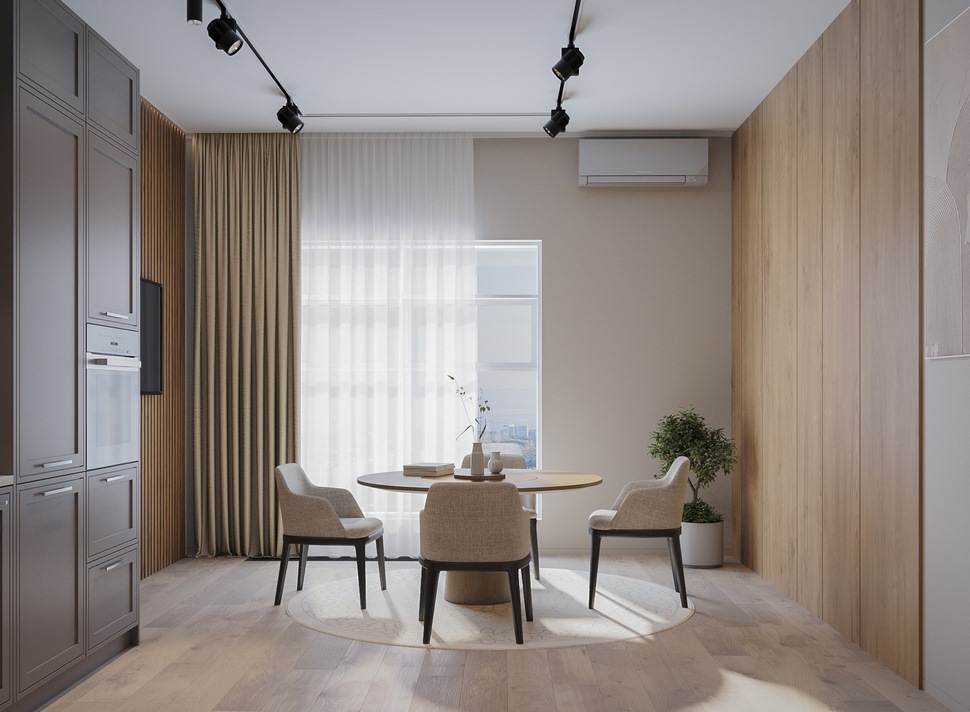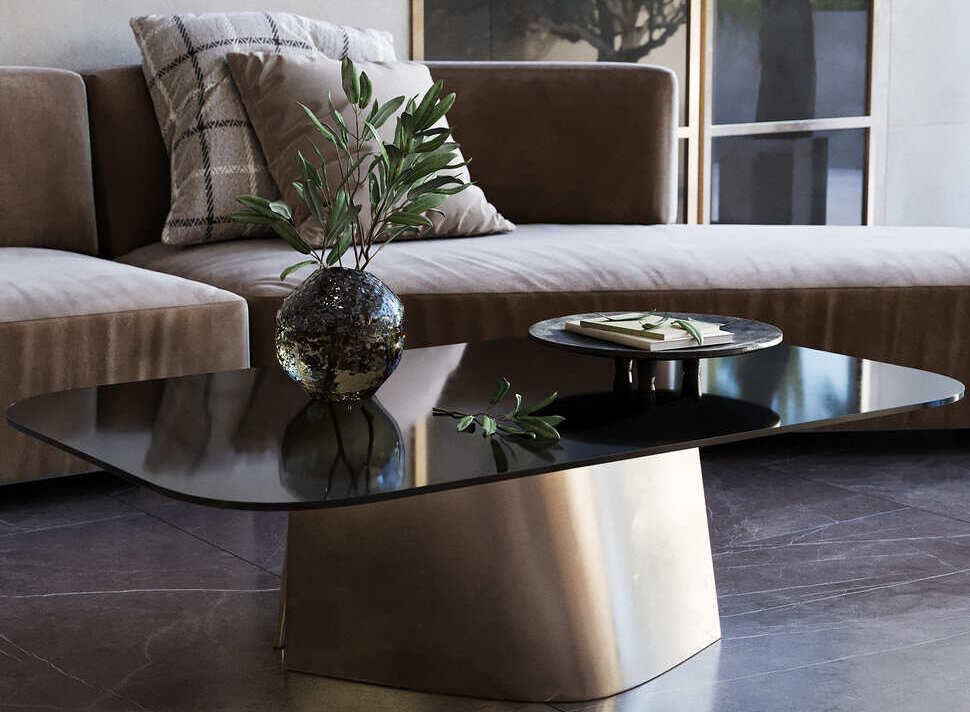Enhancing Furniture Sales: The Power of 3D Virtual Showrooms
Introduction
In the dynamic world of retail, the furniture industry stands as a bastion of tradition and innovation. Over the past decade, digital transformation has not just nudged but significantly pushed the boundaries of how furniture is marketed and sold. At the forefront of this evolution are 3D virtual showrooms, a technological marvel reshaping the furniture retail landscape. By bridging the gap between the tangible allure of physical showrooms and the convenience of online shopping, 3D virtual showrooms are redefining customer engagement in the furniture industry. This article explores the burgeoning world of 3D virtual showrooms, unraveling their impact on the furniture market, the underlying technology, their integration into existing sales strategies, and the future they hold.
The Emergence of 3D Virtual Showrooms in Furniture Retail
The journey of furniture sales from brick-and-mortar stores to the digital realm is a tale of adaptation and innovation. Historically, furniture sales heavily relied on physical showrooms where customers could touch, feel, and visualize products in a tangible setting. However, the digital age brought about a paradigm shift. Initially, furniture retailers transitioned to online platforms, showcasing their products through photographs and descriptions. While this move expanded its reach, it needed a more immersive experience that customers received in physical stores. The solution emerged in the form of 3D virtual showrooms.
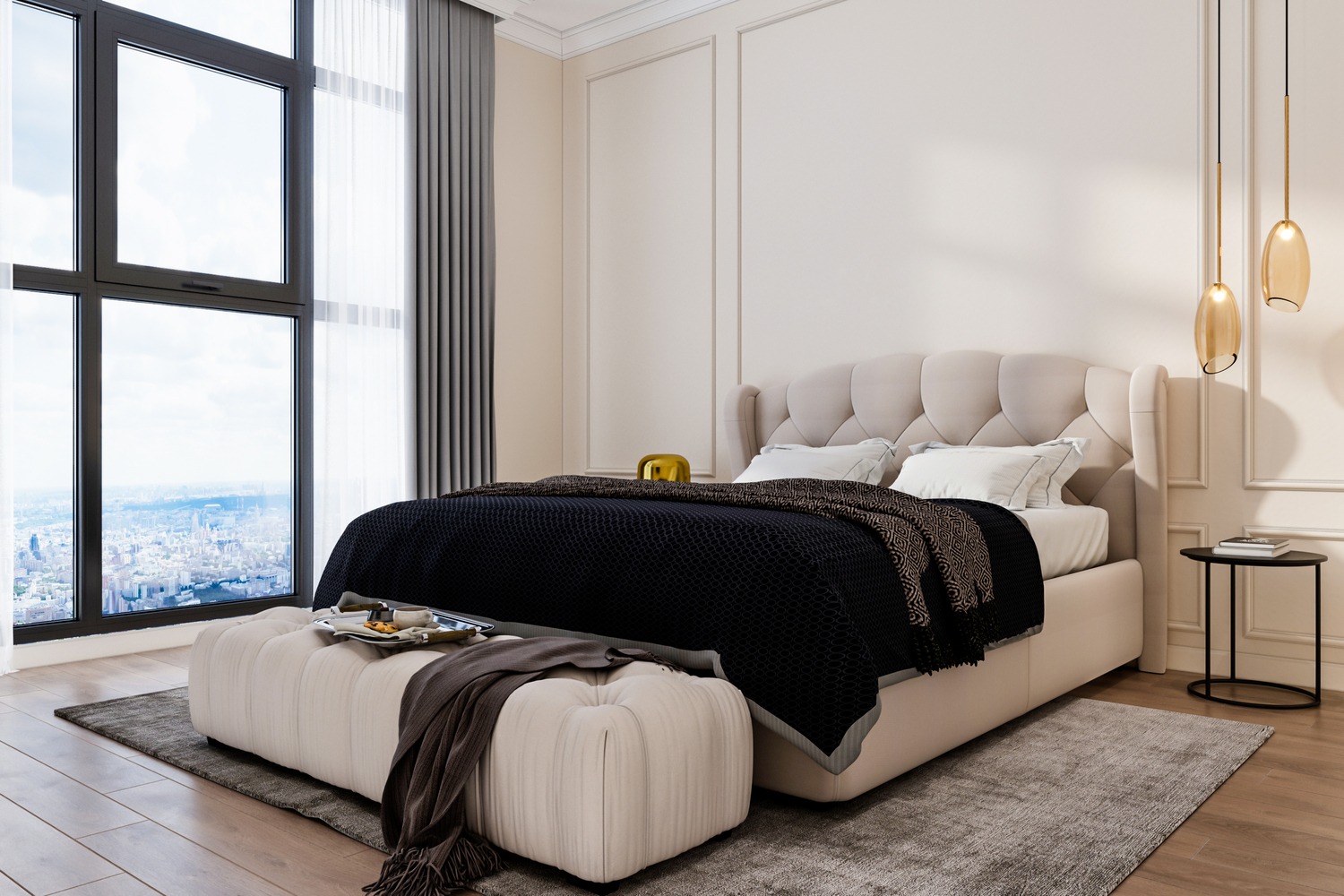
Image from Yousee Studio
Virtual showrooms first gained traction around the mid-2010s but skyrocketed in importance in recent years, particularly during the COVID-19 pandemic. The pandemic-induced restrictions and the closure of physical stores compelled furniture retailers to seek innovative ways to showcase their products. 3D virtual showrooms became the answer, offering customers a way to explore and interact with furniture remotely yet realistically. A report by Grand View Research estimated the global virtual reality retail market size at USD 1.09 billion in 2019, projecting significant growth influenced by factors such as the rising adoption of advanced technologies in retail and the growing need for immersive customer experiences.
3D virtual showrooms leverage technologies like 3D modeling and Augmented Reality (AR) to create digital simulations of physical showrooms. These simulations allow users to interact with furniture pieces in a highly detailed and realistic manner. They can view products from various angles, zoom in for finer details, and even place these products in a virtual representation of their space to check for fit and aesthetics. Such capabilities were a game-changer for furniture retailers, enabling them to offer customers a comprehensive and engaging shopping experience from the safety and comfort of their homes.
Their growing sophistication marks the evolution of virtual showrooms in furniture retail. Early versions were relatively basic, providing a 3D view of products but limited interaction. Today, technological advancements have enabled the creation of rich, interactive environments where customers can customize products, change fabrics, textures, and colors, and visualize how the furniture will look and fit in their living spaces. For example, IKEA, a global leader in furniture retail, has effectively utilized AR technology with its IKEA Place app, allowing customers to visualize how furniture would look and fit in their homes before making a purchase.
Comparing traditional and virtual showroom experiences reveals a stark difference in customer engagement and satisfaction. Traditional showrooms offer the advantage of physical interaction with products. However, they are limited by space, geographic reach, and the inability to provide a highly personalized shopping experience. Virtual showrooms, on the other hand, eliminate these limitations. They offer an expansive, borderless platform for customers to explore an extensive range of products without constraints in physical space. Moreover, they provide a personalized shopping experience where customers can experiment with different furniture configurations in a virtual replica of their space. This level of personalization and interaction has been instrumental in driving customer engagement and satisfaction in the furniture retail sector.
Technology Behind 3D Virtual Showrooms
The technological backbone of 3D virtual showrooms in furniture retail is an intricate fusion of various digital tools and platforms. These virtual spaces' core lies in 3D modeling and rendering, augmented by Virtual Reality (VR) and Augmented Reality (AR) technologies. Collectively, these technologies create an environment that is visually appealing but also interactive and realistic.
3D Modeling and Rendering
3D modeling is creating a three-dimensional representation of furniture items using specialized software. This technology has evolved significantly over the years. Today's 3D models are incredibly detailed, offering high-resolution textures and realistic materials that replicate the look and feel of actual furniture pieces. Software like Autodesk 3ds Max and Blender are widely used for this purpose. For instance, a high-quality 3D model of a sofa might include intricate details like the fabric's texture, the sheen of the leather, or the grain of the wood.
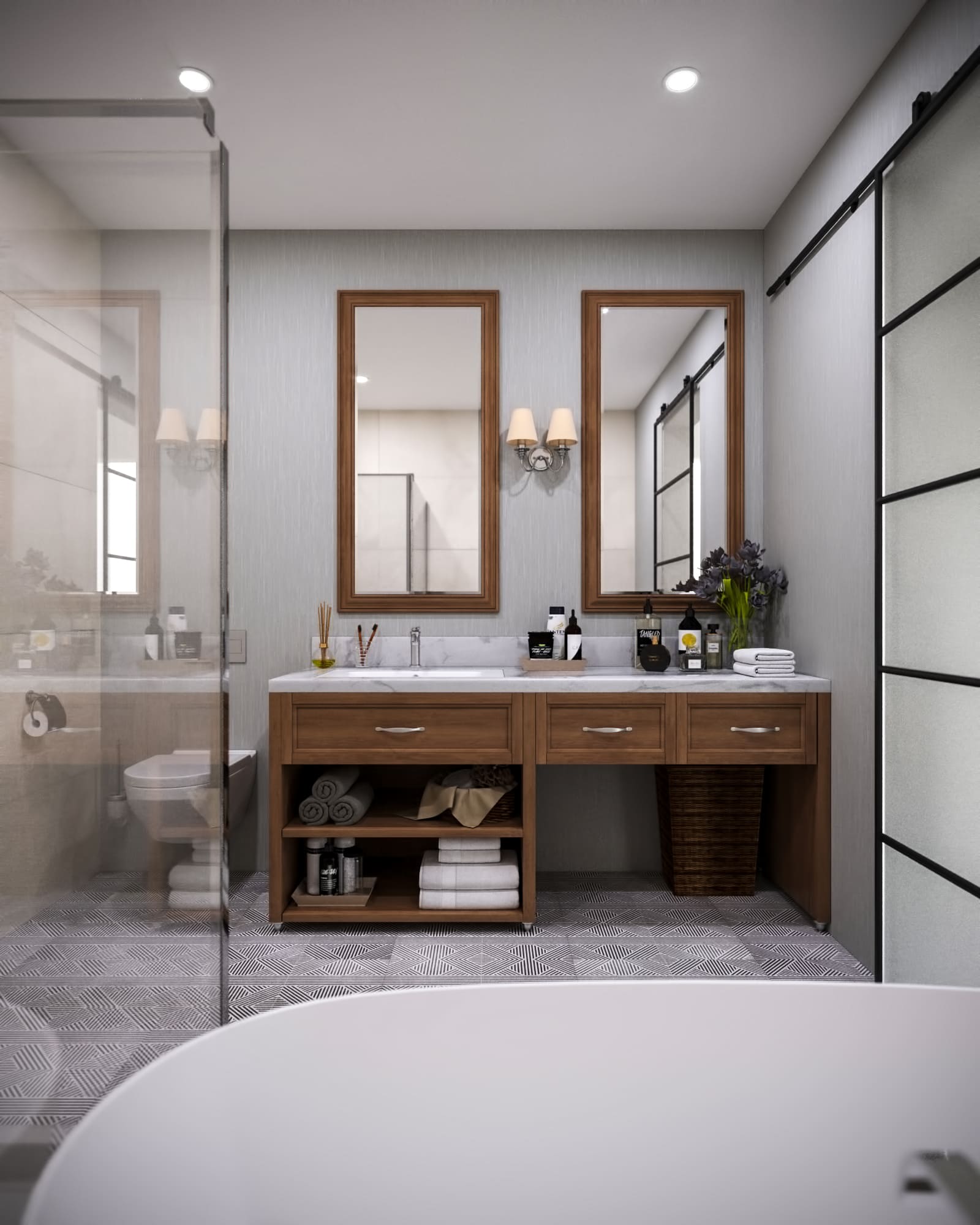
Image from Yousee Studio
Rendering, on the other hand, brings these models to life. It involves adding lighting, shadows, and effects to create a photorealistic image of the 3D model. Advanced rendering techniques like ray tracing can simulate how light interacts with objects in the real world, providing a lifelike quality to the virtual furniture. For example, ray tracing in rendering a dining table set can showcase how sunlight from a virtual window would cast natural-looking shadows on the table surface, enhancing the scene's realism.
VR and AR Integration
VR and AR technologies have taken virtual showrooms to the next level. VR offers a fully immersive experience where customers can don a headset and navigate through a virtual furniture showroom as if they were physically present. AR, on the other hand, overlays virtual furniture items onto the customer's real-world environment, typically through a smartphone or tablet. This allows customers to see how furniture would look in their living space.
IKEA's IKEA above Place app is an example of successful AR integration in furniture retail. According to a report by Interactions Consumer Experience Marketing, Inc., IKEA's AR app has been downloaded over 2 million times, with users spending an average of eight minutes per session, which is significantly higher than the typical e-commerce interaction.
E-Commerce Platform Integration
Integrating 3D virtual showrooms with e-commerce platforms is critical for a seamless customer experience. It allows customers to explore and interact with furniture and make purchases directly from the virtual environment. Companies like Shopify and Magento offer solutions that integrate 3D models and AR experiences into their e-commerce platforms, facilitating this transition. For instance, a customer can explore a 3D model of a couch in a virtual showroom, customize its fabric and color, and then click a 'Buy Now' button to complete the purchase, all within the same digital environment.
Benefits of 3D Virtual Showrooms for Furniture Businesses
Implementing 3D virtual showrooms brings various benefits to furniture businesses, impacting sales, marketing, and customer engagement.
Enhanced Customer Engagement
Virtual showrooms provide an immersive and interactive experience that significantly enhances customer engagement. Unlike static images on a website, 3D virtual showrooms allow customers to engage with the product more meaningfully. They can view furniture from different angles, zoom in to see details, and even know how it fits in their space using AR. This level of interaction leads to a deeper connection with the product, which is crucial in driving purchase decisions.
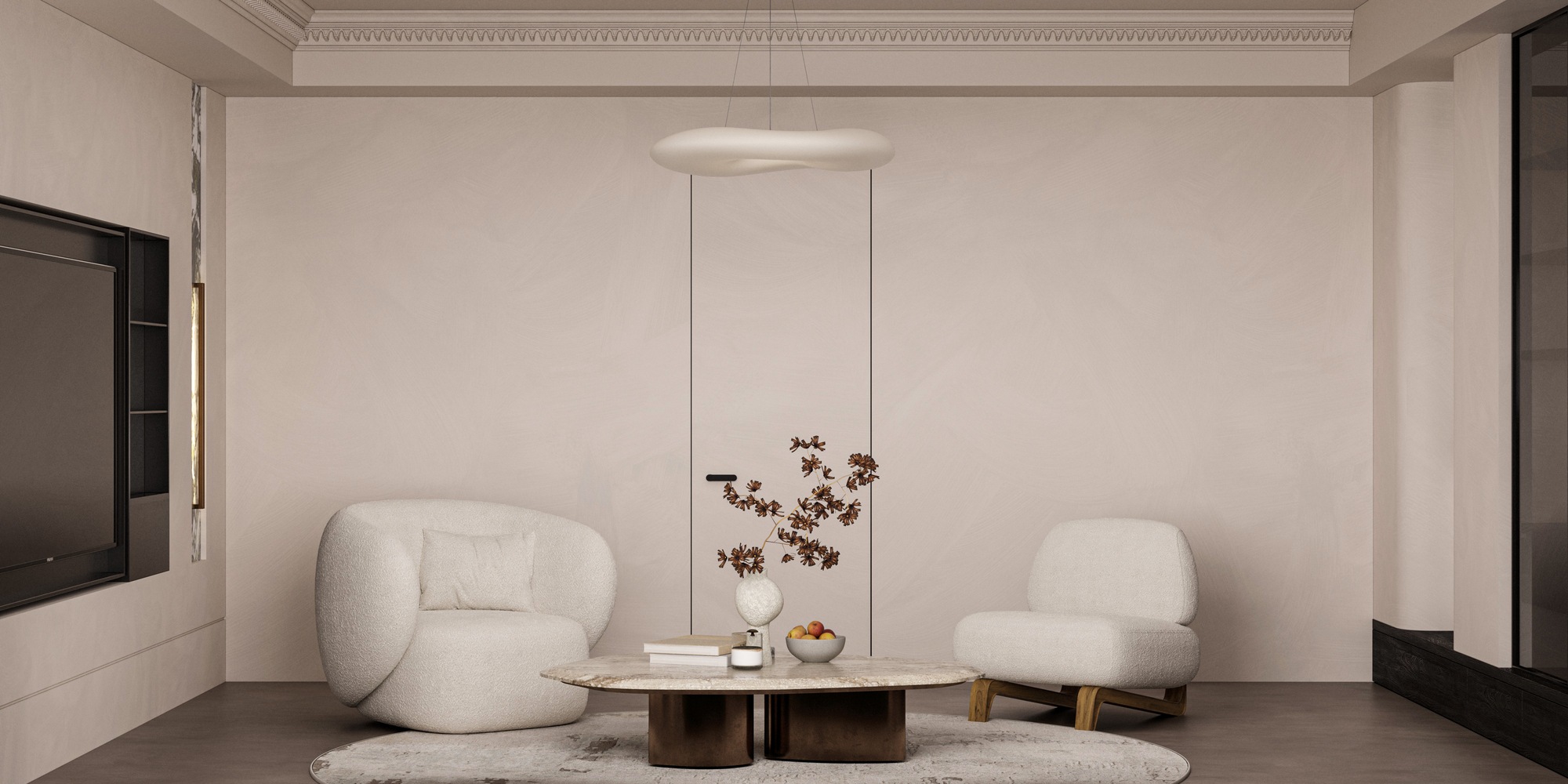
Image from Yousee Studio
For example, according to a study by Retail Perceptions, 40% of consumers are willing to spend more on a product if they can experience it through AR, highlighting the direct impact of immersive technology on purchasing behavior.
Increased Sales and Conversion Rates
Virtual showrooms have a direct impact on sales and conversion rates. The immersive experience attracts customers and gives them the confidence to make a purchase. As per Shopify's data, products with AR content showed a 94% higher conversion rate than those without AR. This is a substantial increase, demonstrating the effectiveness of virtual showrooms in converting interest into actual sales.
Market Expansion and Customer Reach
Virtual showrooms allow furniture businesses to expand their market reach beyond geographical limitations. Customers worldwide can access the virtual showroom, explore products, and make purchases. This global reach is particularly beneficial for niche furniture businesses or those looking to expand into new markets.
Cost-Effectiveness and Scalability
Another advantage is the cost-effectiveness and scalability of virtual showrooms. Setting up a physical showroom involves rent, maintenance, and staffing costs. Virtual showrooms, however, require a one-time investment in technology and can be updated or expanded at a relatively low cost. This scalability allows businesses to regularly update their virtual showroom with new products and designs without significant additional investment.
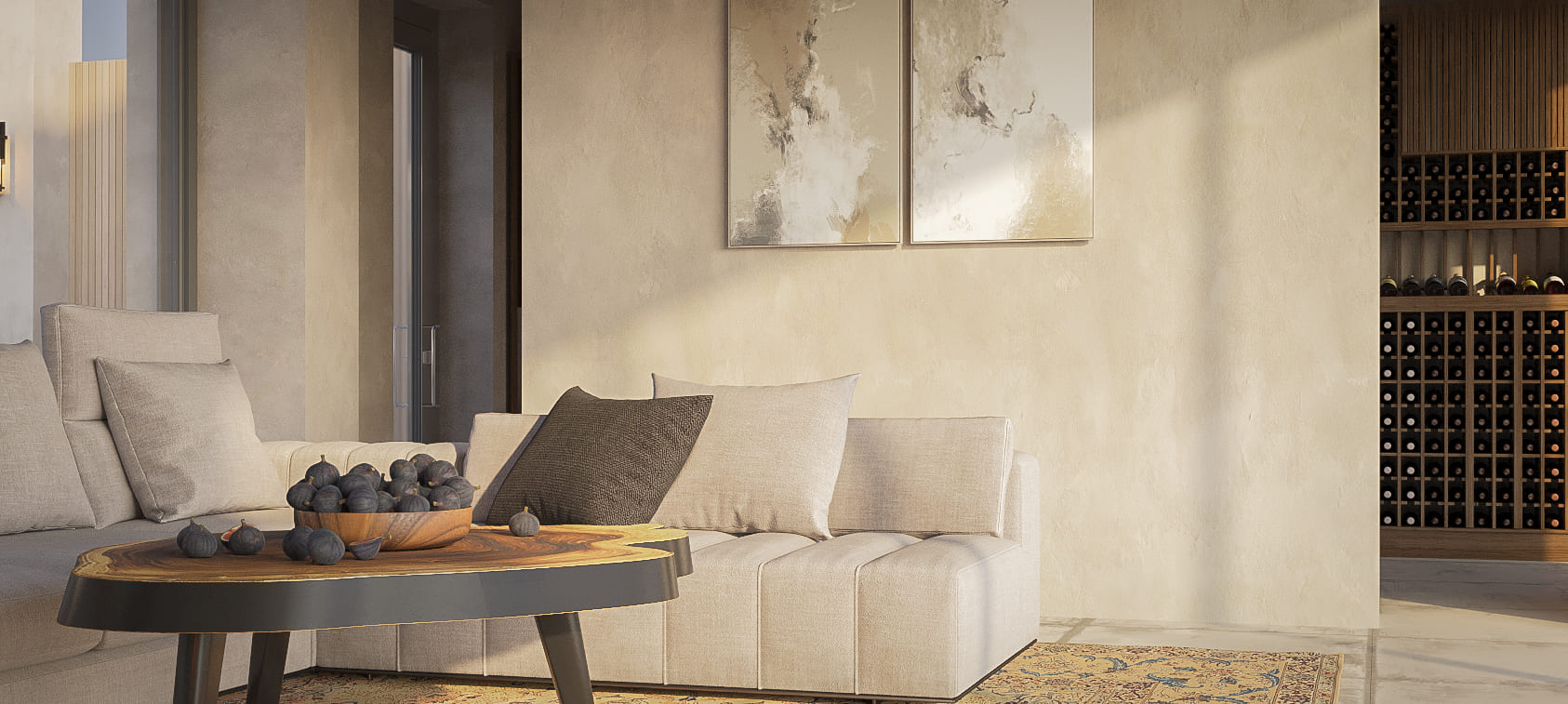
Image from Yousee Studio
For instance, a small furniture business can start with a primary virtual showroom featuring a limited product range and gradually expand it as its catalog grows.
Implementing 3D Virtual Showrooms
The successful implementation of 3D virtual showrooms in the furniture industry requires a well-thought-out strategy, encompassing a clear understanding of the target market, selecting appropriate technologies, and seamless integration with existing business models.
Strategic Planning and Objective Setting
A successful virtual showroom begins with strategic planning. Businesses must define their objectives: Is the goal to enhance online sales, provide a more immersive experience, or reach a wider audience? Setting clear objectives guides the subsequent steps in the implementation process.
For instance, a high-end furniture retailer might aim to provide an immersive experience showcasing the quality and details of their products. A more budget-focused retailer might prioritize a wide range of products to appeal to a broader audience.
Selecting the Right Technology and Tools
Choosing the right technology is crucial. The market offers a range of 3D modeling software and AR/VR solutions, each with its strengths. Software like Autodesk 3ds Max or Blender is essential for detailed modeling and high-quality renderings. For AR experiences, platforms like Apple's ARKit or Google's ARCore provide robust frameworks.
The cost of software varies depending on the features and level of sophistication required. Autodesk 3ds Max, for example, has a subscription model starting at approximately $215 per month. Blender offers a free, open-source alternative with a wide range of capabilities for smaller businesses.
Integration with Business Models
Integrating the virtual showroom with existing sales and inventory systems is crucial for a seamless customer experience. This integration allows customers to explore and interact with products in the virtual showroom, make purchases, and check out in a unified process. Businesses must ensure that their e-commerce platforms can support this integration. The integration cost depends on the complexity of the existing systems and the selected virtual showroom platform.
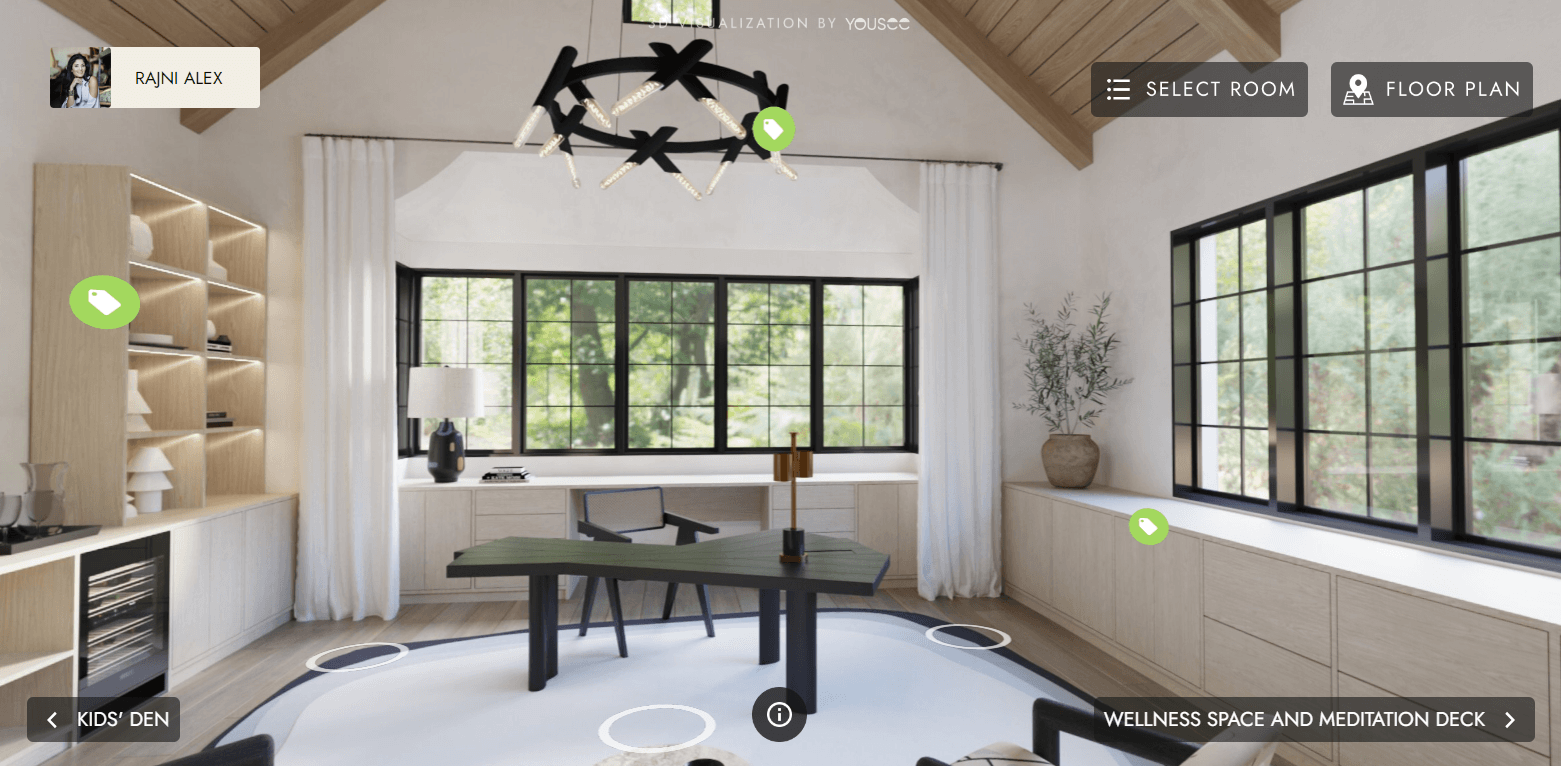
Image from Yousee Studio
User Experience Design
Designing an intuitive user experience is fundamental. The virtual showroom should be easy to navigate, with clear directions and interactive elements. For instance, Wayfair, an online furniture retailer, implemented AR technology, allowing customers to visualize furniture in their space, significantly increasing customer engagement and time spent on the app.
Marketing and Promotion
Once the virtual showroom is set up, marketing and promotion are essential. This can include online marketing campaigns, social media promotions, and email marketing to existing customers. The marketing cost will vary based on the scale and channels used, but it is a crucial investment for driving traffic to the virtual showroom.
Challenges and Solutions in Virtual Showroom Implementation
Despite the benefits, implementing a virtual showroom presents challenges, from technical hurdles to user adoption.
Technical Challenges and Solutions
Technical challenges include ensuring the virtual showroom is compatible across various devices and platforms and maintaining high-quality visuals. To address these challenges, businesses should work with experienced developers and conduct thorough testing across different devices. Solutions like cloud-based rendering can also help deliver high-quality visuals without needing high-end user devices.
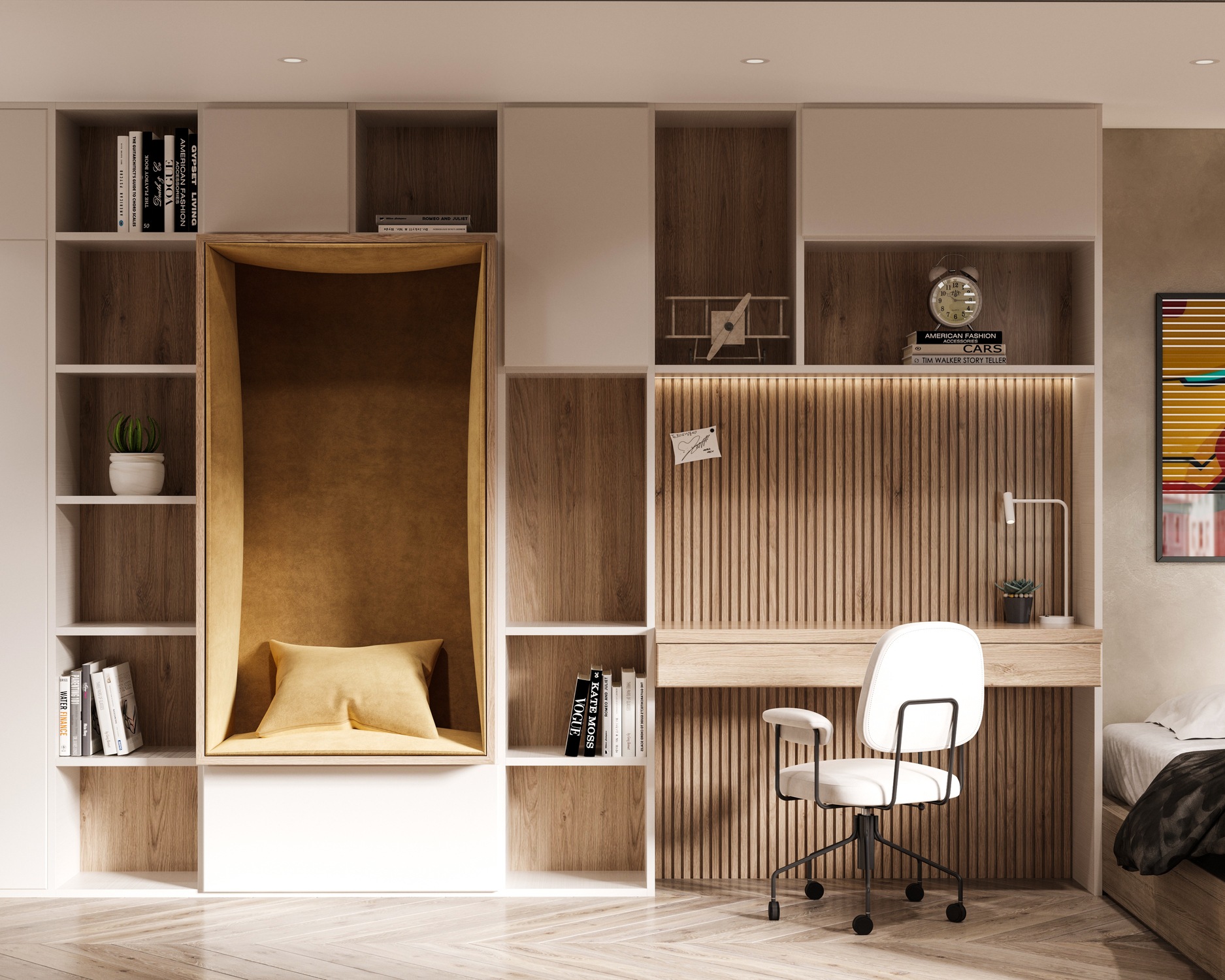
Image from Yousee Studio
User Adoption and Engagement
Encouraging users to adopt and engage with the new platform can be challenging. Solutions include user education through tutorials and customer support. Engaging content like interactive product demos and virtual tours can also enhance user engagement.
Interactive features that allow customization, like changing colors or fabrics of furniture, can significantly increase user engagement. These features let customers personalize products to their preferences, making the shopping experience more interactive and enjoyable.
Cost of Implementation
The cost of a virtual showroom varies depending on the scale and the technologies used. A basic implementation using off-the-shelf software and standard 3D models might start from a few thousand dollars, while a more advanced setup with custom models and high-end AR/VR integration can cost tens of thousands.
For example, a small furniture retailer might spend around $10,000 to $20,000 for a primary virtual showroom, while a giant retailer looking for a more advanced setup with custom features might invest upwards of $50,000.
Future Trends and Predictions
The world of 3D virtual showrooms is rapidly evolving, with emerging technologies and changing consumer behaviors shaping its future.
Emerging Technologies and Their Impact
Advancements in AR and VR are continuously enhancing the capabilities of virtual showrooms. AR technology is becoming more advanced, with features like spatial recognition allowing for more accurate virtual furniture placement in natural environments. Similarly, VR technology is becoming more immersive, with developments in haptic feedback giving users a sense of touch while interacting with virtual products.
The integration of AI and machine learning is another trend. These technologies can offer personalized shopping experiences by suggesting products based on user behavior and preferences. For example, an AI algorithm might recommend a sofa style based on a customer's previous browsing history or purchases.
Changing Consumer Behaviors and Expectations
Consumer expectations are evolving alongside technological advancements. There is a growing demand for more personalized and immersive shopping experiences. Customers expect high-quality visuals and interactive features that allow them to explore and customize products fully.
The Growing Role of AI and Personalization
AI-driven personalization will play a significant role in the future of virtual showrooms. AI can provide tailored product recommendations by analyzing customer data, enhancing the shopping experience. For instance, a customer looking for a modern sofa might have a curated selection of sofas that match their style preferences based on their browsing history.
Conclusion
In summary, 3D virtual showrooms represent a significant development in the furniture retail industry, offering a unique blend of technology and tradition. They provide an innovative solution to the evolving demands of modern consumers, offering a convenient, efficient, and engaging platform for furniture shopping.
As technology evolves, virtual showrooms will become more sophisticated, offering more prosperous and immersive shopping experiences. The future of furniture retail lies in this digital transformation, where virtual showrooms play a crucial role in bridging the gap between online and physical shopping experiences.
The implementation of virtual showrooms is a testament to the adaptability and innovation of the furniture retail sector. These platforms will become increasingly important as technology advances, offering more engaging and interactive experiences. The future of retail lies in this digital transformation, where virtual showrooms are at the forefront of this exciting new era.
Contact us at YouSee Studio for captivating 3D renderings and immersive virtual experiences.
Karen Spacey is a content writer and the author of this article.

